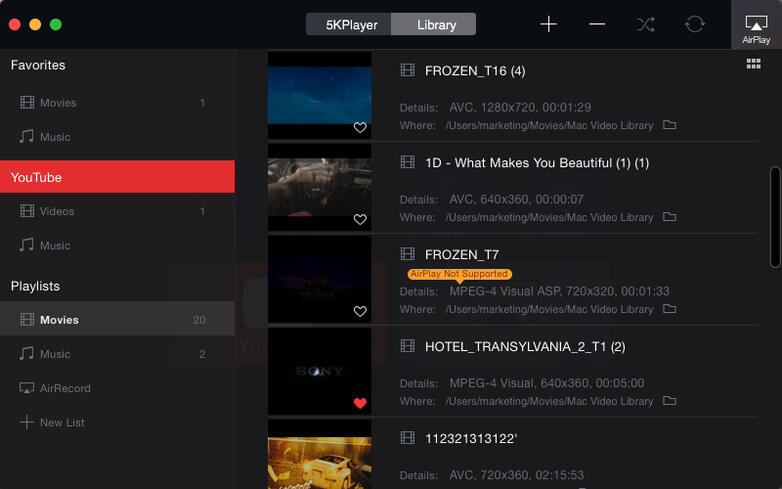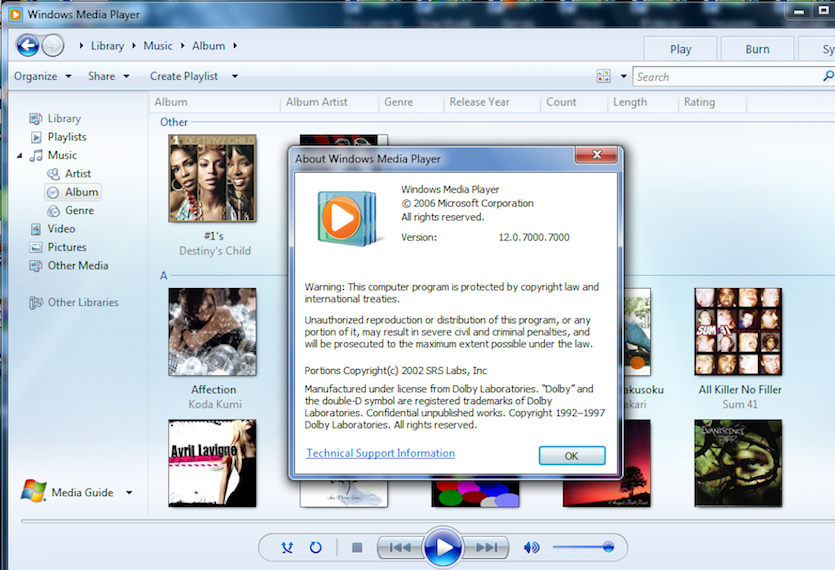

iTunes 4.1 was the first version to include support for Microsoft Windows XP and Windows 2000. Beginning with iTunes 3.0, support for Mac OS 9 was dropped, but Apple started including a ratings system and support for smart playlists.īy April of 2003, iTunes 4.0 was released and introduced the iTunes store for purchasing music and other multimedia content. Although the application started out as solely a Mac OS 9 application, support for Mac OS X started with iTunes 2.0 and also included support for the original iPod. iTunes 1.0 was first released on January 9 th, 2001 at the Macworld, San Francisco conference. When the application was purchased by Apple in 2000 it was rebranded as iTunes. The iTunes application was first developed as SoundJam MP in 1999. First released on November 29 th, 2012, this version of the software has been updated several times over the first year of release and now includes close integration with Apple’s new radio service, iTunes Radio.

ITunes 11 is the most recent version of the iTunes application at the time of this writing. Additionally, application software for the iPod Touch, iPad, and iPhone can be downloaded or purchased. End users are able to connect to the iTunes Store to purchase or download music videos, television shows, music, podcasts, audiobooks, movies, ringtones, and even rent movies in certain countries. The program includes a number of functions such as the ability to purchase, organize, and upload digital video and audio content on personal computers and other devices that run the Microsoft Windows and Mac OS X operating systems.

The iTunes application is both a media library and media player and is produced by the Apple Corporation. As a result, at the time of this writing it is necessary to export iTunes media to a common format that Windows Media Player is capable of reading such as MP3. Unfortunately, there is not a “one click” solution to this issue since each application relies on a native format that is not cross-compatible with the other program. For iTunes users who use the media application on a computer that has the Windows operating system installed, a common issue that arises is figuring out how to convert iTunes to Windows Media Player format. The iTunes media player and associated content library has become one of the most popular applications for purchasing, storing, and creating playlists of both audio and video content on the marketplace.


 0 kommentar(er)
0 kommentar(er)
